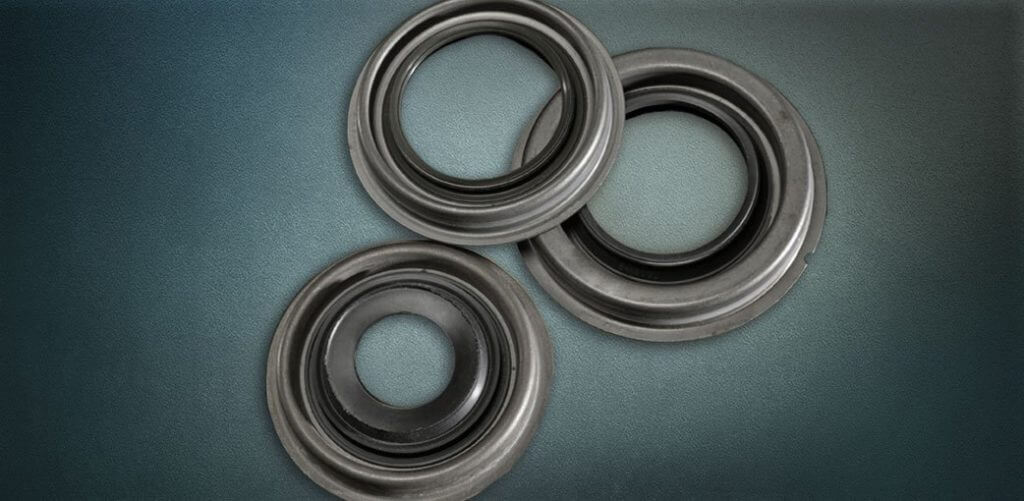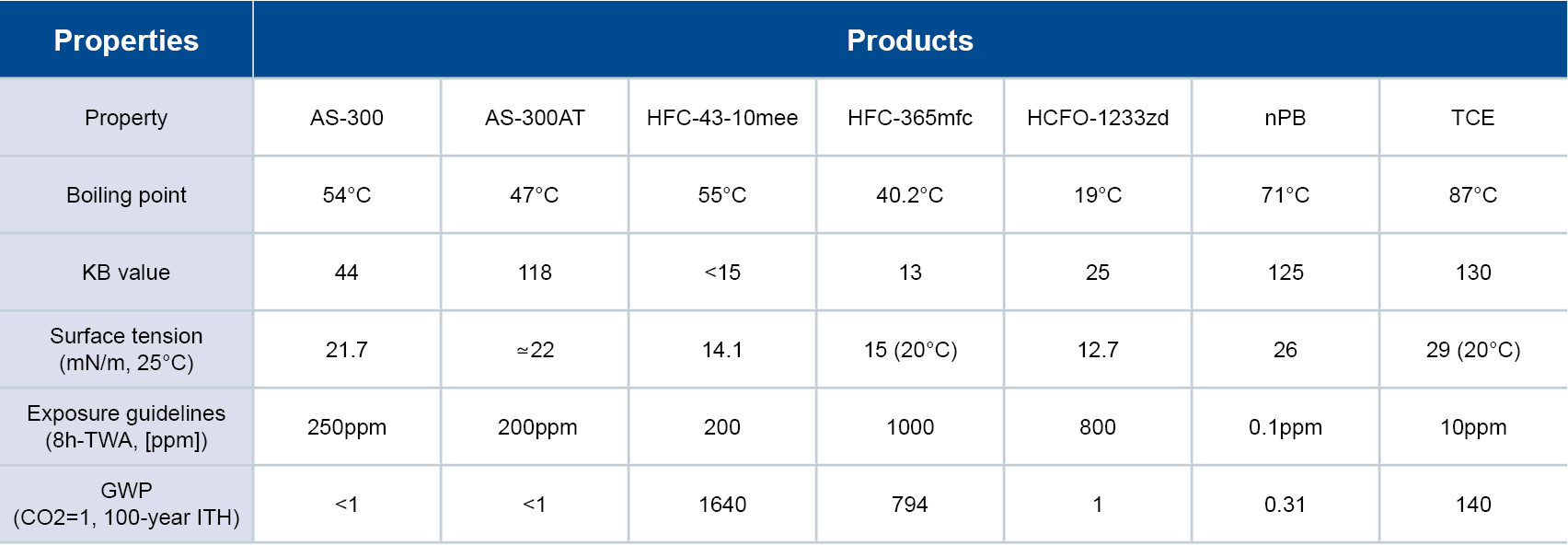How to Produce Superior Sealed Parts with Fluoroelastomers Bonded to Metal

Reading Time: 2 minutes
Many industrial equipment parts and components use rubber seals to protect them from harmful chemicals, fluids and gases. Shaft seals, cylinder head gaskets, oil seals and packers all require rubber seals when used in harsh environments and applications such as the automotive, processing and oil & gas industries.
These parts and components rely on rubber-to-metal bonding for structural support. However, it’s always been extremely challenging to find an adhesive system that effectively bonds fluoroelastomers to metal substrates. Mainly due to their non-stick characteristics. The very same characteristics that enable them to repel and resist moisture, chemicals, heat and cold also repel the adhesives. So, how do you achieve a strong, durable grip using these materials?
Now there’s a simple one-step alternative adhesive system that bonds certain AFLAS® fluoroelastomers to metal. Recent ASTM D-429 (Method B) tests have effectively bonded two different AFLAS FEPM-based grades to carbon steel using the MEGUM® W-2525 waterborne adhesive system. This one-coat, clear adhesive was specifically designed for bonding elastomeric compounds to metal. Researchers evaluated MEGUM W-2525 with AFLAS 600X and AFLAS 100S, and achieved 100% rubber retention and high peel strength with both grades.
AGC customers now have a proven adhesion system to produce rubber-sealed metal components that have the outstanding durability of a fluoroelastomer.
How is the adhesion tested?
ASTM D429’s Method B test measures the force necessary to separate the rubber from a metal surface. The data indicates the strength of adhesion along a line across the width of the rubber strip separates from a metal plate at a 90-degree angle.
The process:
- Vulcanize (press-mold) a strip of rubber to a piece of metal that is 1.6mm thick by 25mm wide by 60mm long. Use a 25mm by 25mm bonded area in the middle of the metal piece.
- Place the test specimen in the jaws attached to the fixed grip with the separating edge toward you.
- Before applying the load, strip the rubber from the metal plate with a sharp knife.
- Place the metal in the grip, and apply a steady load at a test speed of 2.0 in./min until separation is complete. ASTM D429 Method B requires a constant rate (speed) of 2 – 0.2 in./min.
- Record the force vs. displacement in pounds per square inch of length of the peel line.
Seal Applications
- Shaft seals
- Cylinder head gaskets
- Oil seals
- Spring-energized seals
What are fluoroelastomers?
A fluoroelastomer is a fluorocarbon-based synthetic rubber engineered to thrive in harsh environments. Fluoroelastomer properties display outstanding resistance to heat, bases, many solvents, ozone and steam. Equipment parts and components us them for demanding applications. This includes oil and gas exploration and recovery, chemical processing, wire and cable construction, heavy equipment, food handling, pharmaceutical manufacturing and automotive industries.
More about AFLAS 600X
AFLAS 600X is ideal for molded products like durable packers, bladders, gaskets and O-rings. Products made of AFLAS 600X last longer in the wet, high-pressure, amine- and base-rich environments of oil and gas recovery. Furthermore, they do not deteriorate under prolonged exposure at 230 °C. Also, the parts exhibit excellent electrical and thermal resistance.
More about AFLAS 100S
AFLAS 100S enhances performance in applications including durable packers, bladders, gaskets and O-rings. It is resistant to acids, bases, solvents, hydrocarbon, sour oil and amines, as well as extreme temperature ranges and high-pressure environments.
To learn more, click here to download a technical datasheet.
 English
English 